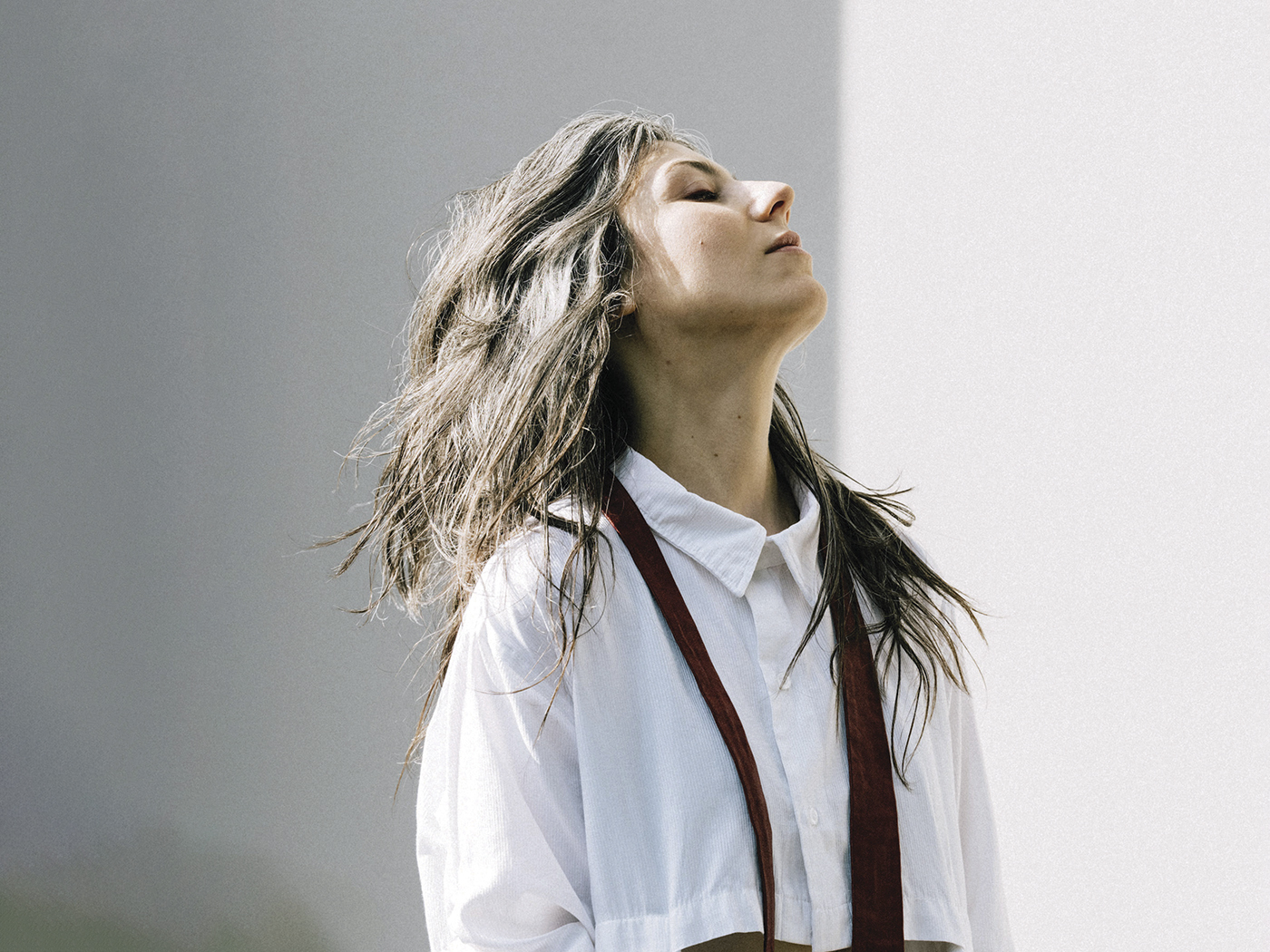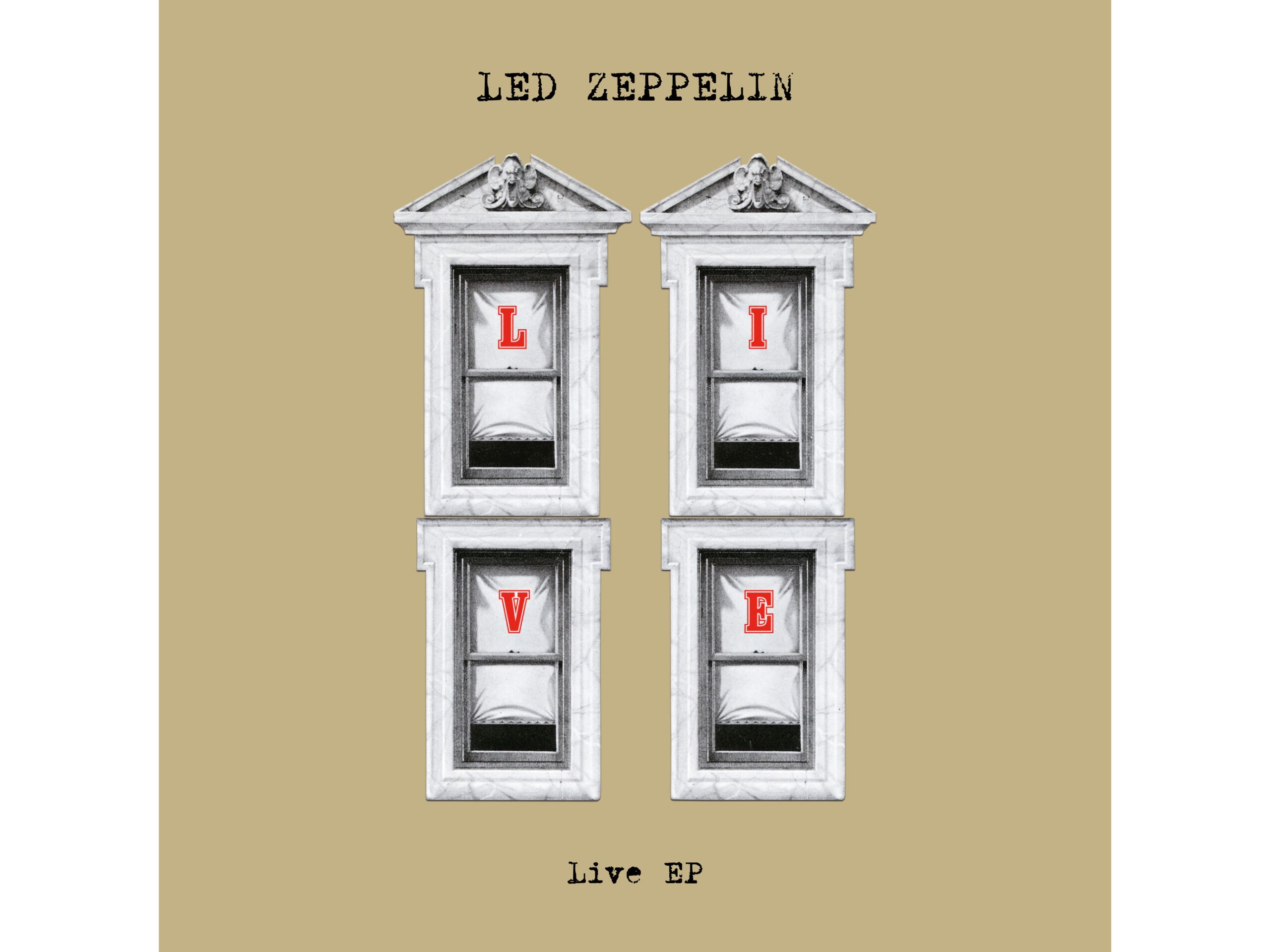
Pop music used to be the preserve of the autodidacts, the high-school dropouts who taught themselves a few chords on the guitar and worked things out instinctively. The odd classically trained figure would sometimes crop up here and there – a Mick Ronson scribbling string arrangements on the back of a cigarette packet, a Donald Fagen writing out complex extended chords for his session musicians to improvise over, a Sean Moore from the Manic Street Preachers playing the occasional trumpet flourish over a punk track – but, by and large, pop and rock musicians would eschew formal learning and play by ear.
PINK FLOYD ARE ON THE COVER OF THE NEW UNCUT – ORDER YOUR COPY HERE
But something odd seemed to happen around the millennium, when an entire sub-genre of classically trained art-rock figures started to emerge across the US and Canada, including the likes of Joanna Newsom, Sufjan Stevens, St Vincent, Owen Pallett, Janelle Monae, Caroline Polachek, Mary Lattimore, Oneohtrix Point Never, Andrew Bird and members of Vampire Weekend, Antony And The Johnsons, Dirty Projectors, The National, Yeah Yeah Yeahs, Deerhoof, Battles, Midlake and many more. Where the art school had been the breeding ground for so much British rock music of the 20th century, the 21st saw the music conservatoire producing a peculiar brand of North American pop oddballs.
In many ways, you could see Julia Holter as the apotheosis of this trend. She studied classical piano and composition at the University of Michigan and CalArts, and still teaches at music schools and summer camps. She also makes ultra-literate, conceptual records that are confidently and knowingly recherché. Holter hates seeing music described as cerebral, but she certainly doesn’t seem to wear her highbrow references lightly – there have been albums inspired by Euripides’ Hippolytus and Colette’s Gigi; songs about the medieval romance between Heloise and Abelard; music based on field recordings from antique furniture stores and the temple songs of Buddhist monks; references to the poetry of Sappho and Frank O’Hara; songs inspired by the films of Alain Resnais and Andrei Tarkovsky. She has written a live soundtrack to a 1926 silent film about Joan of Arc with an opera chorus, and used John Cage’s methodology to create music from a 1920s church-club cookbook. She creates dark piano ruminations, upholstered with lavish string arrangements, with nods to everyone from Ligeti to Alice Coltrane. This is a long way from a-wop-bop-a-loo-bop-a-lop-bam-boom.
Some musicians, from Status Quo to The Fall, Philip Glass to Tinariwen, largely just do one thing really well: they define their own peculiar genre, and do it over and over again. Julia Holter is not that kind of artist. There’s an eternal restlessness about her music, one that flits between different genres, different idioms, wildly varied and wilfully eccentric lineups. Her last album, 2018’s Aviary, was an epic trawl that took us through medieval plainsong, 17th-century madrigals, early classical music, field recordings and snatches of minimalism and free jazz. Such is Holter’s sense of musical confidence, and her control over these elements, that these references never sounded forced, they’re simply elements of her sonic arsenal.
Something In The Room She Moves – started under lockdown, and written and recorded either side of the birth of her daughter in 2020 – is even more varied than Aviary, but it seems to filter out some of Aviary’s transitional elements and instead take us on a voyage that alights on 10 very different and intense soundworlds. It is both poppier – in that there are some immediately appealing grooves – and more self-consciously experimental – in that there are arcane moments of sonic exploration – than anything Holter has ever done.
The poppier moments include “Spinning”, an insistent waltz, set to a thumping glam beat, with lyrics that turn Holter’s abstract poetry into the thrilling nonsense of early rock’n’roll. “What is delicious and what is omniscient/And what is the circular magic I’m visiting,” she coos, over a tangle of woodwind improvisation, fiddly fretless bass and strident synths. “Sun Girl” is wonderfully wobbly and disjointed – Holter conjures up an arresting, summery image by singing wistfully about a sun-obsessed girl who “dreams in golden yellow”, while bassist Dev Hoff sounds like Japan’s Mick Karn jamming with a West African drum troupe, while flautist Maia freaks out like Eric Dolphy over the top.
The title track is a terrific, slow-burning, Kate Bush-style ballad, where Holter recites seemingly abstract lyrics (“if there’s anything I know, I can intuit stucco”), over a warm sonic bath of electric piano, fretless bass, soaring flute and massed synths. “These Morning” is another dreamy, largely drumless ballad set to a complex tangle of Wurlitzer electric piano chords, which gets even better when it slows to an agonising pace as Holter repeats “just lie to me”.
But there are places where Holter is also at her most uncompromisingly experimental. “Meyou” is an a cappella piece where a choir sings a series of simple four-note plainsong-style riffs that alter very slightly each time, the singers constantly twisting the melody a little and employing an ever-widening palette of extended effects, howls and shrieks as the song progresses. “Ocean” is another wordless, self-consciously avant-garde piece, a slice of BBC Radiophonic Workshop-style experimentation where Chris Speed’s clarinet sounds like a swanee whistle slowly soaring over a patchwork of analogue synth drones. The hymn-like “Materia” sets Holter’s cut-glass voice over electric piano: “This version of love I can dwell on in the musing,” she sings, cryptically.
More often than not, the poppy and the experimental co-exist. “Who Brings Me” seems to fuse the Radiophonic-style abstraction – played live on flutes, bowed bass and Fender Rhodes – with a limpid poem of death. “Evening Mood” starts with a gorgeous kaleidoscope of synth voicings and wobbly electronic drones, before settling on a gentle ballad, romantic and unsettling, like Joni Mitchell backed by an ECM band. A woozy recollection of midsummer romance is interrupted by the refrain “daylight hits me” and a wonderfully wayward clarinet solo. Best of all might be “Talking To The Whisper”, a slow-burning seven-minute epic with a maddeningly off-kilter drum loop, a constant Hammond organ drone and a repeated double bass figure. “Love can be shattering,” Holter sings, before the song itself shatters into a Sun Ra-style freak out.
Experimental albums like this can sometimes be more laudable than enjoyable: easier to admire than to love. But there is something about Holter’s approach – her use of dynamics, her muted accompaniment, her sonic balance – that draws the listener in and keeps them beguiled. For a very Californian album, it draws comparisons with two peculiarly English releases – Kate Bush’s The Dreaming and Robert Wyatt’s Rock Bottom – like them, there is something about this music that is warming, aqueous, immersive and endlessly engaging.







